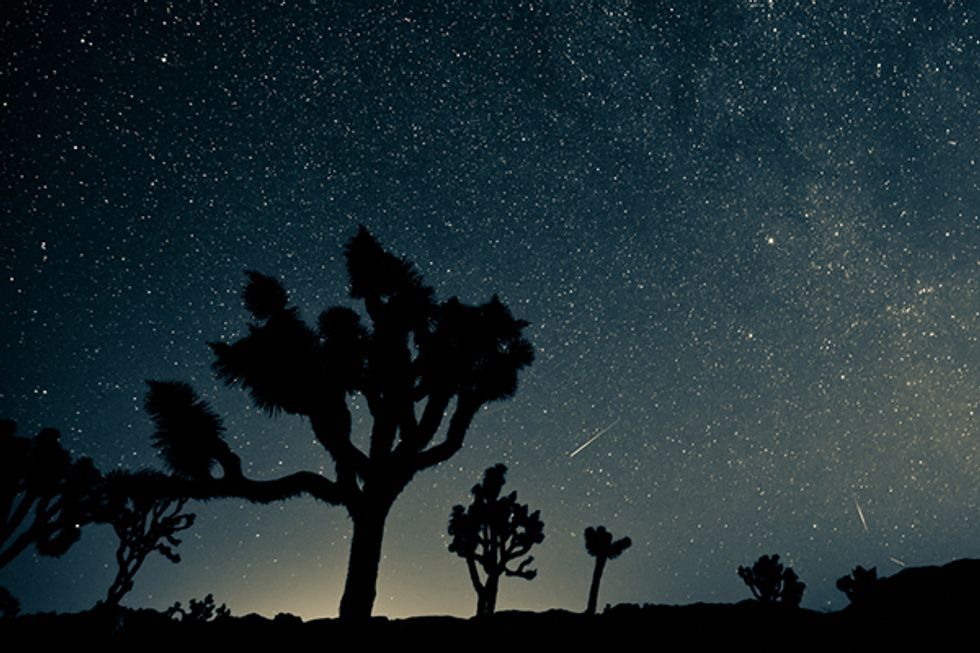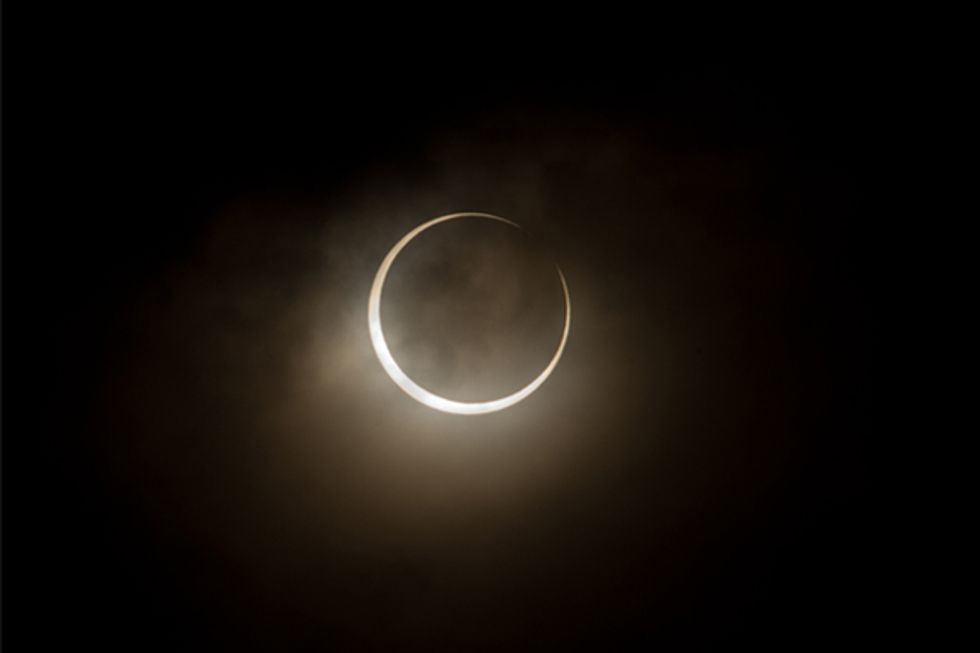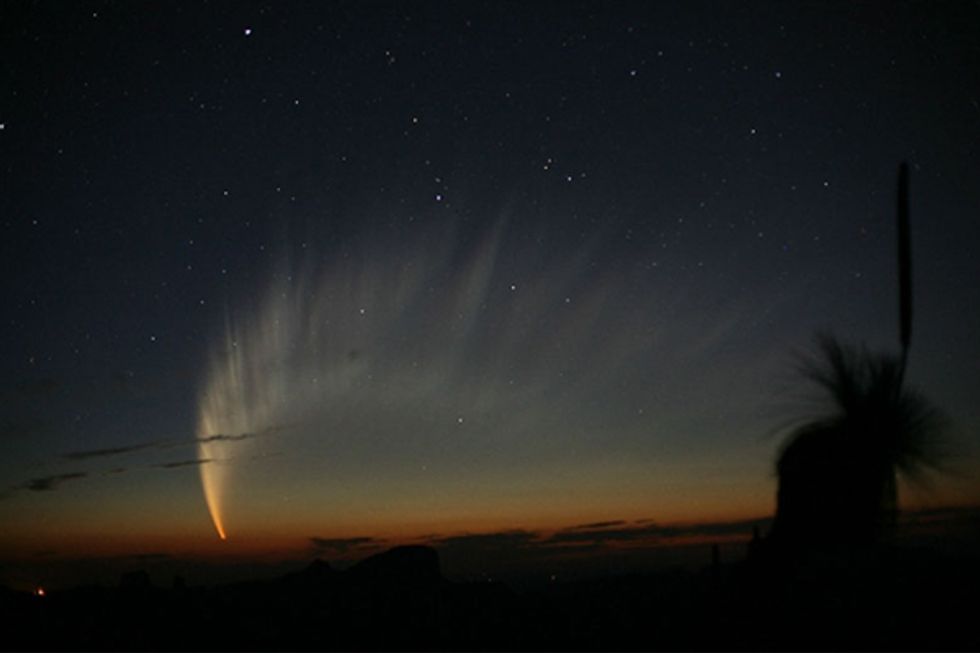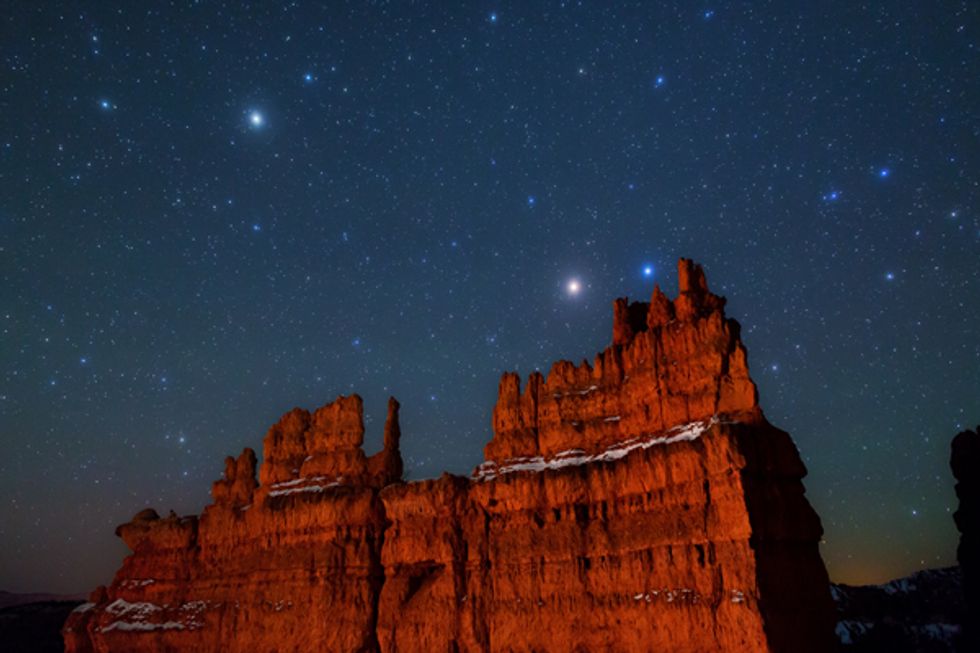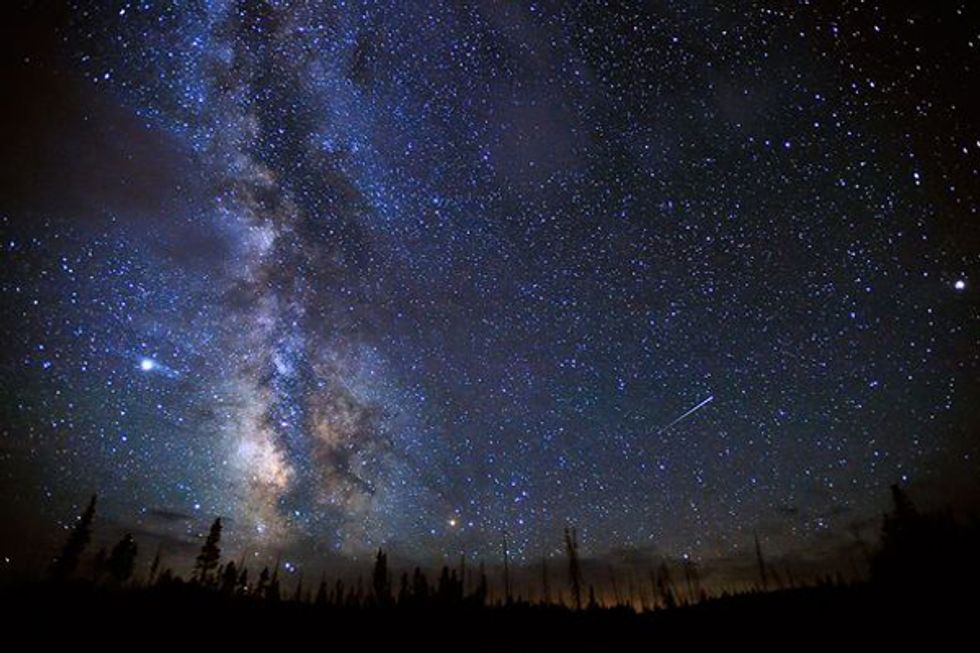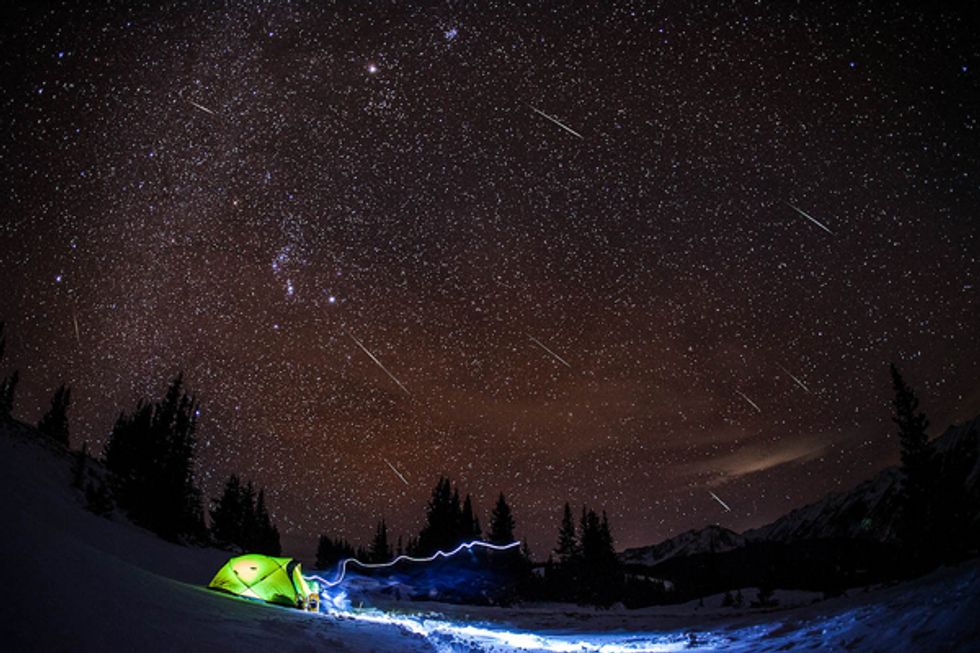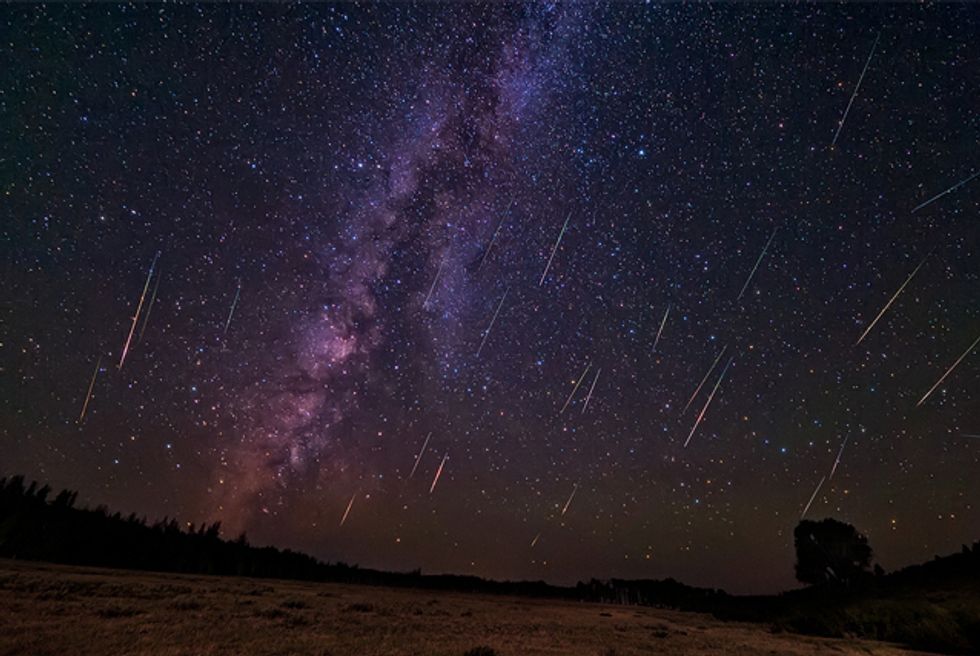It's been a particularly star-spangled year, with solar and lunar eclipses, a new comet, and an abundance of northern lights. Following last month's double planets (which will occur again later this year), our solar system is delivering a plethora of astronomical events for photographers and stargazers. Mark on your calendars with these can't-miss celestial dates.
Perseid Meteor Shower: August 12
Each year, the Perseids glimmer across the August sky, bringing more meteors per hour than any other time of year. Depending on where your lookout point is and how much light pollution exists (it would be wise to seek out a remote, dark place), seeing up to 90 meteors an hour is a very realistic possibility. On a warm summer night, this is the best opportunity to catch meteor showers in North America.
Supermoon and Total Lunar Eclipse: September 27
Photogs, ready your cameras: Of this year's three supermoons, this one will be the closest to earth and, with so much light, will be an ideal shooting opportunity. Even an iPhone camera will probably do. This same night will also bring a full lunar eclipse known as a blood moon. The eclipse should take over in the early evening starting at 7:11pm and reach totality around 1am Monday morning. Consider shooting a timelapse of the moon this night.
Comet C/2013 US10 Catalina: October 1
(Photo via Robert H. McNaught)
Currently a speculative occurrence, researchers predict that the new comet C/2013 US10 Catalina may be visible to the naked eye, giving good reason to get out of town away from city lights.
Double Planet: October 26
(Photo via NightScape)
For those of you who missed the double planets on June 30, here’s your next chance. Jupiter and Venus will appear extremely close to each other, separated by approximately one degree in the sky. Look up just before sunrise for the best view.
Taurid Meteor Shower: Late October to Early November
(Photo via Jeffrey Berkes)
Usually the Taurid Meteor Shower runs from September to roughly the second week of December. The peak, however, is expected to fall between November 5th and 12th. Though meteor counts are typically not as high as the Perseids or the Geminids, the Taurids are notorious for yielding a higher number of fireballs. It’s expected that this year’s fireball count will be especially high as Earth is projected to pass through an area of larger particles in our solar system.
Geminid Meteor Shower: December 13 and 14
(Photo via TMO Photo)
In terms of meteor showers, we've saved the best for last. The Geminids are the biggest and brightest of the year. The moon will be a slight crescent, setting in the very early evening, which means complete darkness for capturing images of fast-moving meteors.
Best Local Viewing Points
(Photo viaDavid Kingham)
To get the clearest view of the skies, get away from city lights and to some of the Bay Area's highest peaks:
- Mount Davidson, San Francisco
- Highway 35 / Skyline Drive
- Mount Diablo, Contra Costa
- Mount Tamalpais, Marin
- Black Mountain, Milpitas
- Mount Hamilton, Santa Clara
- Mount Boardman, Santa Clara
- Mount Saint Helena, Sonoma
- Berryessa Peak, Napa




